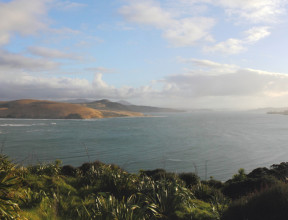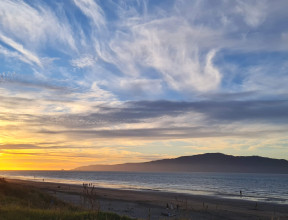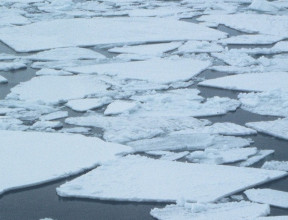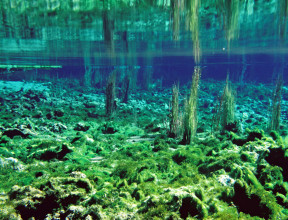
Coastal Change
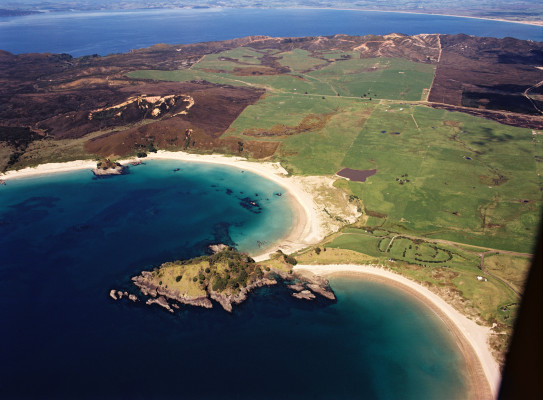
Coastal change research at GNS Science is working to help Aotearoa New Zealand’s communities adapt effectively to the physical, social and economic impacts of climate and environmental change in coastal and near-coastal settings.
Where our land meets the sea, it also meets the changes we’ve made, from housing to land use. Our coasts are home to much of our significant infrastructure, like roads, telecommunications, housing and fuel supply lines.
Our landscape is considered “active" – thanks to our position on the edge of two tectonic plates. We need to understand more about how this affects our coastline.
Why do small amounts of sea-level rise matter? | NZ SeaRise: Te Tai Pari O Aotearoa transcript
We're sitting here on the south coast of Wellington on a on a pretty nice day. It's very little wind, weather's fine. There's a little bit of a swell and we can sort of see the level of the ocean and you sort of might wonder why do we really need to worry about a slight change in that level of the ocean. 10 centimeters, 20 centimeters in the coming years.
I can see here that with 10 to 20 centimeters of sea level rise, the seagulls sitting on the beach might have to migrate up the beach a little bit to, to sit where they are. Who cares, right?
But you imagine this place on a, on a day with a swell as large is a big storm coming in, and we already know that when that happens, the road behind us is inundated by waves, waves crash across the road.
Now, you add 20 centimeters to the average sea level and put that same storm on top of it, and those waves are going to inundate even further up the coast. So that's the big problem, is that change in mean sea level, and you put a storm on top of it, and it has a big impact on the coast.
Our coasts are changing dramatically. There are more frequent and severe flooding events, storms and storm surges. Our groundwater aquifers may also be affected by these changes. As our coasts take a literal climatic pounding, we will need to contemplate a retreat further inland.
How do we respond?
How will changing climate and rising sea level impact our natural, economic and built coastal environments, and how can we adapt to these changes?
Our researchers and technical staff combine their diverse skillsets to help understand these processes and the impacts they have on our communities. This puts them in front of some of biggest climate questions we’ve ever faced related to the following topics:
- Biodiversity, long-term records of environmental change to help inform the future; Ka mua, ka muri – “walking backwards into the future”
- Sea-level rise predictions
- Impacts upon coastal aquifers
- Education
- Integration of social science and Mātauranga Māori as key components of research programmes
- Numerical modelling to explore the impacts of changing coastal environments on people, society, and infrastructure
Subsidence can effectively double expected sea-level rise | | NZ SeaRise: Te Tai Pari O Aotearoa transcript
Our expertise
We deliver consistently high-quality research projects and subsequent data, tools and resources by using our expertise in:
- Sedimentology
- Paleontology
- Geomorphology
- Coastal erosion and slope stability
- Numerical modelling of coastal and landscape evolution, sea-level changes, sediment pathways and societal impacts
- Organic and inorganic geochemistry
- Microbiology
- Sediment-core laboratory processing services
- Radiocarbon dating
